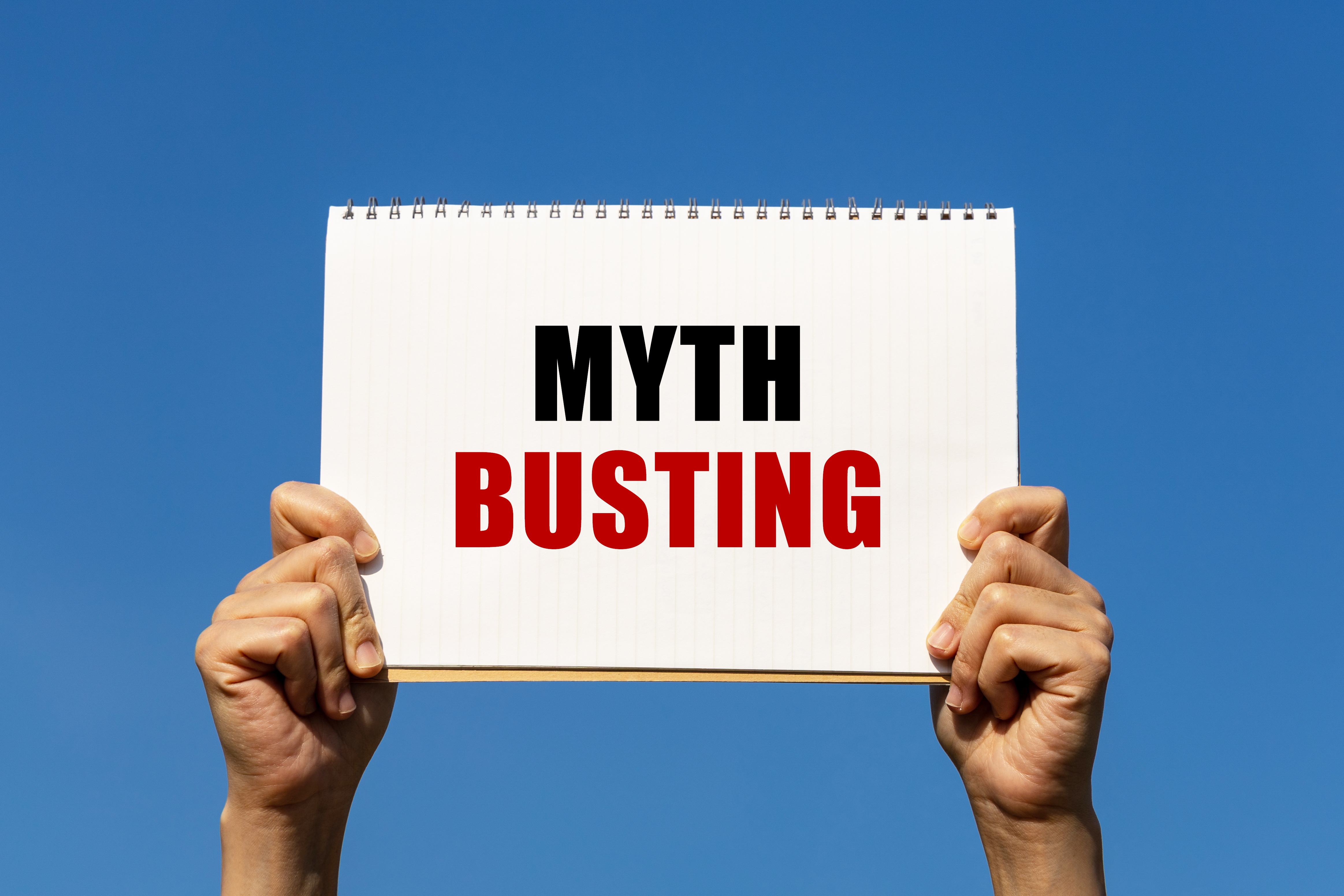How many bacteria survive?
A log reduction is always described in terms of the microbe count being reduced by a factor of 10.
1 log reduction = 90% death (1 in 10 survival)
2 log reduction = 99% death (1 in 100 survival)
3 log reduction = 99.9% dead (1 in 1000 survive)
4 log reduction = 99.99% dead (1 in 10,000 survive)
5 log reduction = 99.999% death (1 in 100,000 survive) = High-Level disinfection
6 log-reduction = 99.9999% dead (1 in 1,000,000 survive)
7 log-reduction = 99.99999% dead (1 in 10,000,000 survive)
Thus, a log reduction¹ means that of a given number of microbes, at least 90 percent are killed, and out of 10 at most one survives. So a log 6 reduction means that one millionth part survives or in other words the population is reduced by 99.9999%. From a log 5 reduction we speak of high-level disinfection. The moment all microorganisms on the object are killed, we speak of sterilization.
How many bacteria survive?
A log reduction is always described in terms of the microbe count being reduced by a factor of 10.1 log reduction = microbe count reduced by 90% (1 in 10 survival rate)
1 log reduction = microbe count reduced by 90% (1 in 10 survival rate)
2 log reduction = microbe count reduced by 99% (1 in 100 survival rate)
3 log reduction = microbe count reduced by 99.9% (1 in 1000 survival rate)
4 log reduction = microbe count reduced by 99.99% (1 in 10,000 survival rate)
5 log reduction = microbe count reduced by 99.999% (1 in 100,000 survival rate)
6 log reduction = microbe count reduced by 99.9999% (1 in 1,000,000 survival rate)
7 log reduction = microbe count reduced by 99.99999% (1 in 10,000,000 survival rate)
A 1-log reduction therefore means that at least 90% of a given number of microbes are killed, and that no more than 1 in 10 will survive. A 6-log reduction means that one in one million microbes survives, or in other words, that the microbe population is reduced by 99.9999%. At least a 4-log reduction is required for instrument disinfection according to NEN-EN 14885.
When all micro-organisms on an object are killed, it is called ‘sterilization’.
Standard for disinfection
A standard has been developed for the disinfection of products. In Europe, this standard is known as the NEN-EN 14885.¹ This standard specifies the standards to which products have to conform to support the claims for microbicidal activity referred to in the European standard. It is applicable to products for which activity is claimed against the following micro-organisms:
- Bacteria
- Trace
- Yeast
- Mold
- Mycobacteria
- Viruses
This applies to the field of medicine, among others - and thus also to disinfection of medical equipment. It is important to see what kind of log-reduction a UV device achieves, and whether it meets the standard of NEN-EN 14885.¹
If you’d like to learn more about UV-C light, be sure to read ‘What Is UV-C Light Used for?’
- NEN. (2018). Chemical disinfectants and antiseptics - Application of European Standards for chemical disinfectants and antiseptics. Retrieved from https://www.nen.nl/en/nen-en-14885-2018-en-253404



.jpeg)



.jpg)
